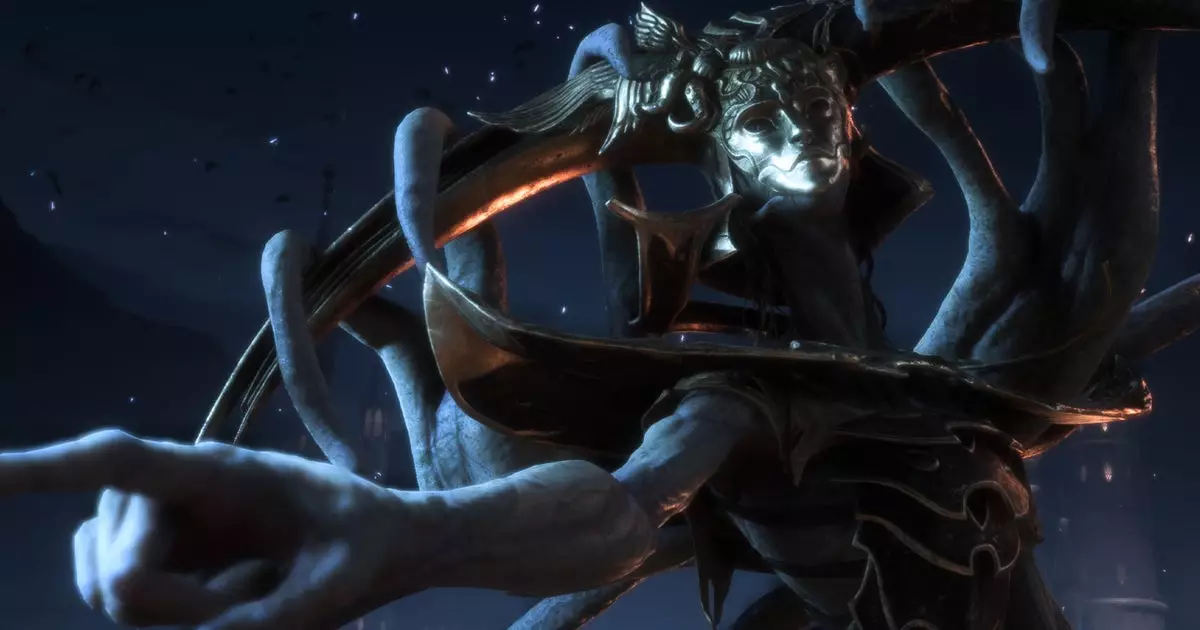Nearly ten years have passed since the exhilarating journey through Dragon Age: Inquisition, and today marks the long-awaited release of Dragon Age: Veilguard. The gaming community, especially fans of the Dragon Age series, are buzzing with excitement as they delve into the new content. During this almost decade-long wait, the role-playing game (RPG) landscape has seen significant evolution, and it will be intriguing to see how Veilguard integrates modern gaming mechanics while paying homage to its predecessors.
The release of Veilguard has spurred spirited discussions among fans on various online platforms, particularly in communities like Le Epic Musk Zone. Longtime BioWare enthusiasts are reminiscing about the studio’s quirky animation styles, particularly the characteristic “Bioware Turn.” This movement, which features characters redirecting their focus or positioning, has become an endearing hallmark of the series. This emotional connection is not merely nostalgic; it reflects how Animation, often overlooked, significantly impacts storytelling in gaming.
Violet McVinnie, a former BioWare cinematographer who played a role in creating the beloved “Bioware Turns,” shared intriguing insights into the collaborative process behind these animations. McVinnie explained that the “Posebreakers” animations were designed to enhance emotional engagement by avoiding static interactions during crucial scenes. Such details showcase how meticulous design can enrich playability and narrative immersion, a testament to the craft of game development.
McVinnie’s reflections also sparked a conversation regarding recurrent animations and behaviors across BioWare titles. Responses from fans highlighted an array of comedic and dramatic gestures that have become synonymous with character portrayal in the Dragon Age and Mass Effect universes. These nuanced movements—such as the ‘accusatory point’ or the ‘worried forehead rub’—are small yet powerful reminders of how these games have cultivated memorable interactions.
Questions arose from fans about specific animations, prompting an exploration of how animations can be repurposed or adapted across different games. This illustrates the interconnectedness of BioWare’s storytelling tradition, ensuring that a sense of familiarity remains even as new narratives unfold.
As with any major gaming release, Veilguard has not escaped criticism. Early reviews point out some shortcomings in the RPG mechanics and extended action sequences. Yet, what stands out in feedback is the undeniable heart and enthusiasm that the developers poured into the game. While fans might miss the depth of earlier titles, there is an appreciation for the renewed spirit and the passion evident in the gameplay experiences provided by Veilguard.
In the end, amidst nostalgia and advancements in technology, Dragon Age: Veilguard serves as a reminder of how far the series has come while inviting players to embrace its unique identity. For those excited to explore a new chapter, this day marks not only a game launch but a celebration of community, creativity, and a beloved franchise that continues to capture the hearts of players around the world.


Leave a Reply